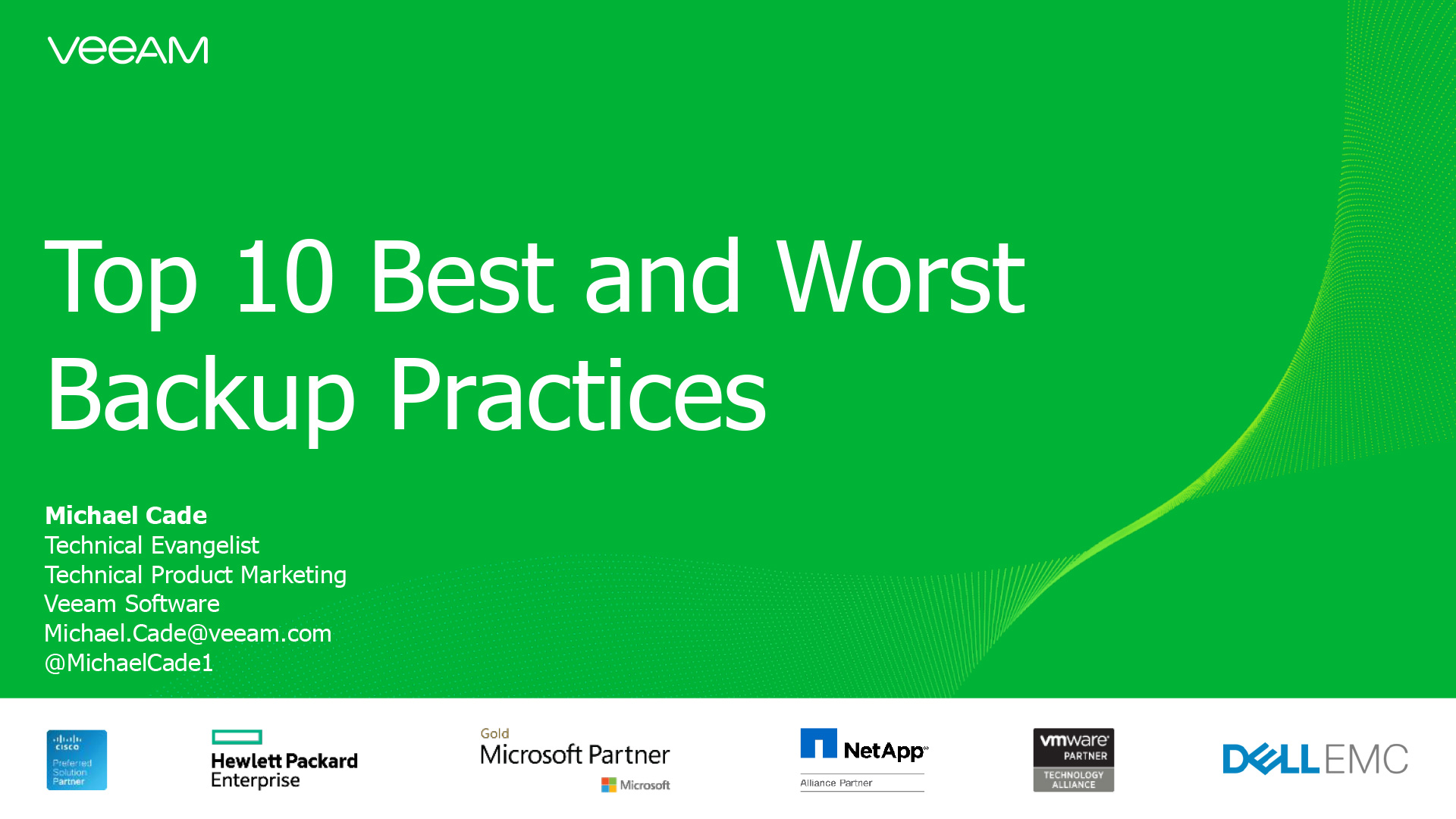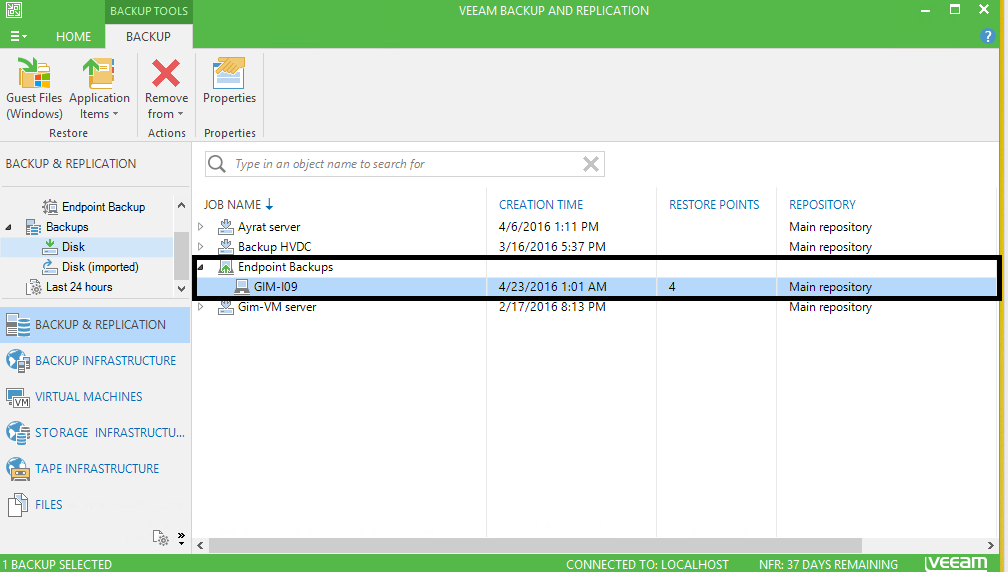


How to delete Kubernetes namespaces or pods with a specific pattern or name March 16, 2023.Red Hat OpenShift – Sorry, your reply was invalid: IP expected to be in one of the machine networks March 30, 2023.Quick Tip: Supercharge Kubernetes Resource Retrieval with ‘kubectl get -f’ June 14, 2023.For now, I’ll leave you with one of my favourite Dilbert sketches.įollow my 100 Days of Kubernetes challenge here! I hope this helps, if anyone has any suggestions on how to improve the above, or wants to chat about how they document their environment, either online or offline, let me know. So this is pretty simple, a copy and paste of the above, then remove the server icons, and insert the headline job settings that you need to know. It’s quite simple, a container for each job, and the name of each server/service included in the job. As well as showing the architectural components involved. To complete the visualisation, I decided to included the rack diagrams, which I covered in Part 2 of this series. Now onto visualising each backup and replication job, and more importantly, which servers/services are included in each job. But at the same time, when Veeam has issues, they have done a good job of providing meaningful error messages (unlike Backup exec).


I find this diagram is helpful for support engineers to quickly understand the environment when troubleshooting issues. At this level, I do not bother with server names and IP addresses, but there is nothing stopping you from doing that. So here I am essentially re-working Veeam’s own diagrams of how they show their software working. So this is the conceptual overview, for me, its easy, I setup Veeam in supported configurations, taking advantage of its many features, such as direct SAN backups.


 0 kommentar(er)
0 kommentar(er)
